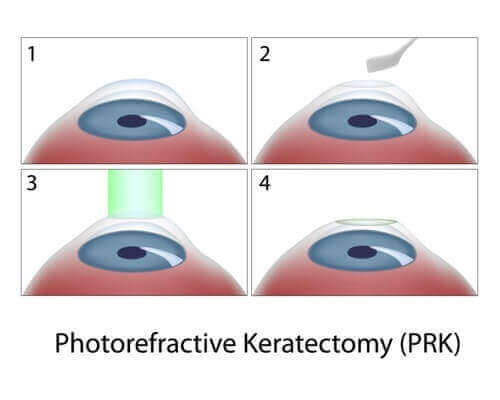
Photorefractive Keratectomy (PRK)
A refractive surgical procedure that employs a computer controlled excimer laser system to sculpt, by ablation of the central corneal zone, or visual axis. This procedure corrects mild to moderate cases of nearsightedness. Patients who are not candidates for LASIK may be candidates for PRK as less corneal tissue is removed during the treatment. With PRK, the visual recovery is slower and there may be more (initial) post-operative discomfort than that of LASIK. Also, the incidence of post-operative ocular dryness is reduced with PRK, making this an excellent procedure for those patients who suffer from dry eye syndrome.
Contoura Photorefractive Keratectomy (PRK)
Contoura PRK is a procedure that enables your laser vision correction surgeon to further customize the conventional PRK procedure to your individual eyes. Contoura PRK provides an additional level of data about your vision requirements using wavefront technology. A device called a wavefront analyzer measures the way light travels through your eye and compares it to an eye with perfect vision. This device then creates a 3-D wavefront map that is uniquely yours, in the same way that your “fingerprint” is unique to only you. This additional data is then used by your surgeon to customize the PRK laser vision correction procedure to your individual vision requirements.
The actual PRK procedure process is performed the same way in both conventional PRK and Contoura PRK. Conventional PRK is an excellent choice for many patients.
Your doctor will recommend which procedure is best for you based on your visual requirement; they will help you to determine if you could benefit from the higher level of customization that Contoura PRK may provide.
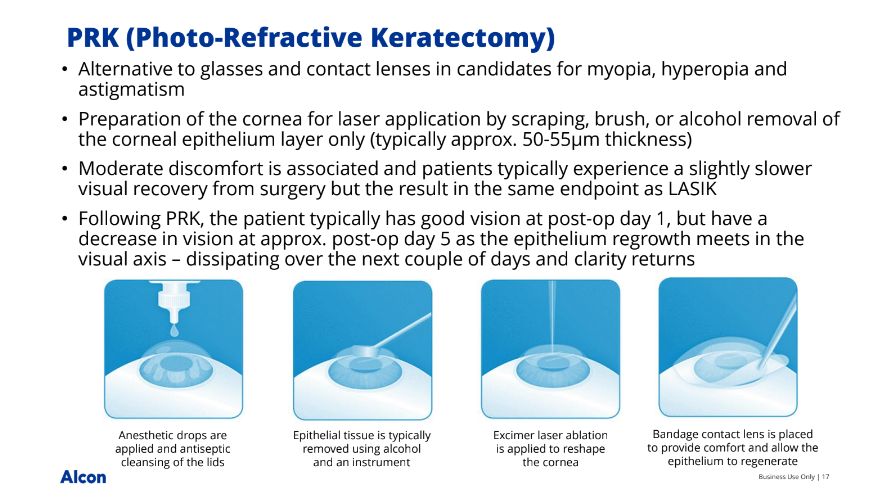
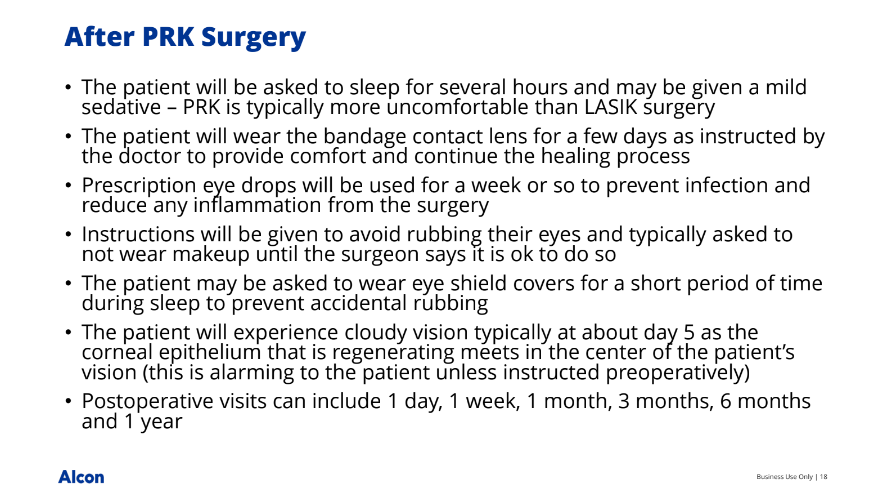
Refractive Lensectomy (RL/IOL)
Refractive Lensectomy PennsylvaniaA refractive surgical procedure that is commonly used to treat patients with cataracts. The procedure has been modified to also correct nearsightedness in high prescription ranges and most ranges of farsightedness. During the lensectomy procedure, the natural lens (crystalline lens) is extracted and an artificial lens is implanted. The power of the artificial lens is determined preoperatively during the full eye examination. There is minimal discomfort and visual recovery is very rapid.
Presbyopia Correcting Lenses
Presbyopia is the age-related loss of the ability to focus up close to read. New implants developed for use after cataract surgery can to a large extent reverse these changes and allow independence from glasses after surgery. Three of these implants (IOLS) are now approved by the FDA.
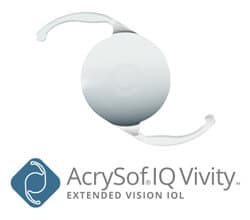
Vivity Intraocular Lens
Laurel Eye Clinic is now offering the Vivity lens to our cataract patients. The Vivity lens uses proprietary technology called X-Wave which uses all available light around it to provide patients with an extended and continuous range of vision.
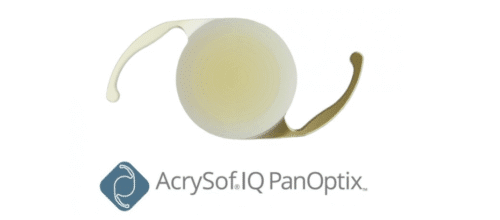
PanOptix Trifocal IOL
The PanOptix trifocal IOL provides crystal clear vision at all distances, and in any lighting situation. Other premium IOLs may reduce dependency on reading glasses, but the PanOptix trifocal lens can make a life without glasses possible!
We will help you choose the best IOL for you! Schedule a cataract screening at Laurel Eye Clinic in Brookville, PA today!

